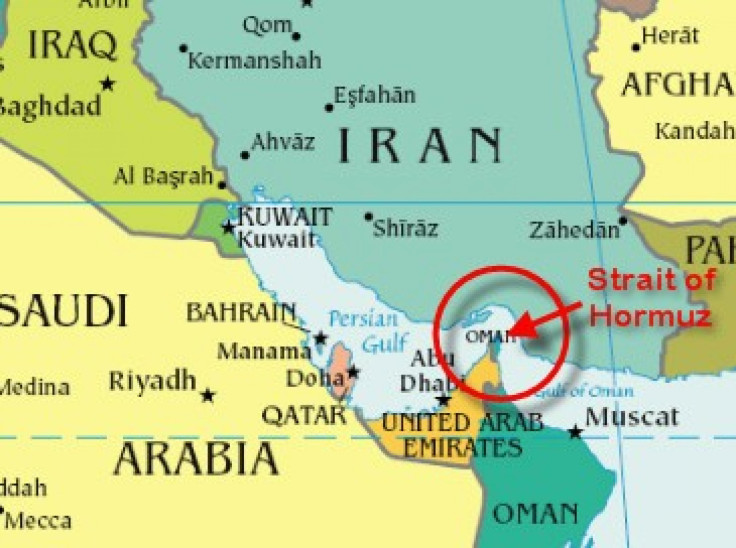Strait of Hormuz: U.S. Brushes Off Iran Threats

The Pentagon dismissed warnings by Iran to stay out of the Persian Gulf and the Strait of Hormuz, saying Tuesday they intend to continue sending aircraft carriers to the vital oil waterway.
Pentagon press secretary George Little said the Navy will return to the Gulf now that Iran had concluded a military drill and a U.S. carrier will continue to ensure the flow of sea commerce, The Associated Press reported.
The deployment of U.S. military assets in the Persian Gulf region will continue as it has for decades, Little said in a statement. These are regularly scheduled movements in accordance with our longstanding commitments to the security and stability of the region and in support of ongoing operations.
The response came after top Iranian Army Chief Ataollah Salehi warned that the enemy's carrier would not be allowed back into the Persian Gulf region after they concluded 10 days of military exercises, Reuters reported.
I advise, recommend and warn them (the Americans) over the return of this carrier to the Persian Gulf because we are not in the habit of warning more than once, Salehi said, according to the semi-official Fars news agency.
On Monday, Iran said it successfully test-fired two long-range missiles during its naval drill, a show of strength among mounting pressure and criticism over its nuclear program. Tehran insists the program is for peaceful purposes, but Western countries and its allies fear that Iran is developing atomic weapons.
Iran officials also said the army had practiced shutting down the Strait of Hormuz, a narrow passageway between the Gulf of Oman and the Persian Gulf that is critical in oil trade. Last week, Iran's vice president said they would be ready to close it down if Western nations impose sanctions on it oil shipments -- a move that would mean higher gas prices in the U.S. and elsewhere.
© Copyright IBTimes 2024. All rights reserved.











